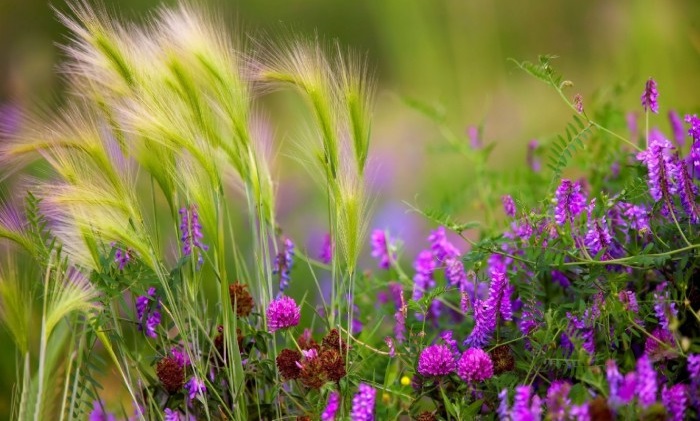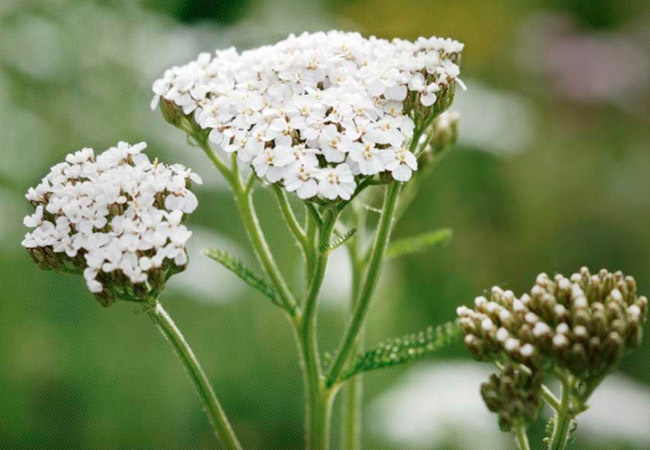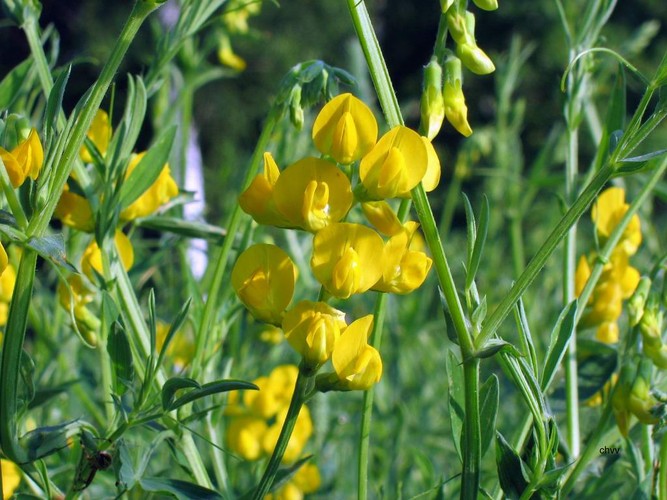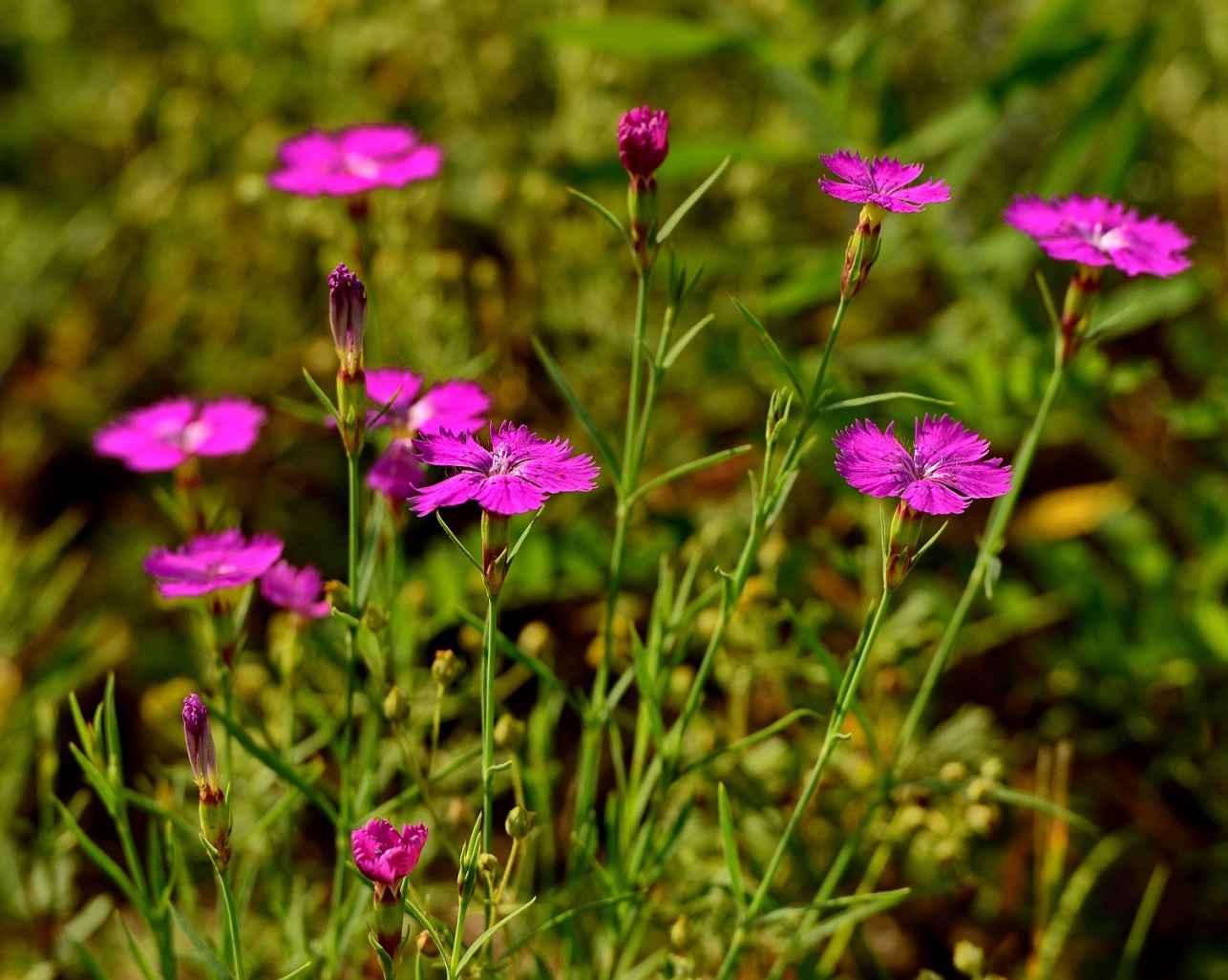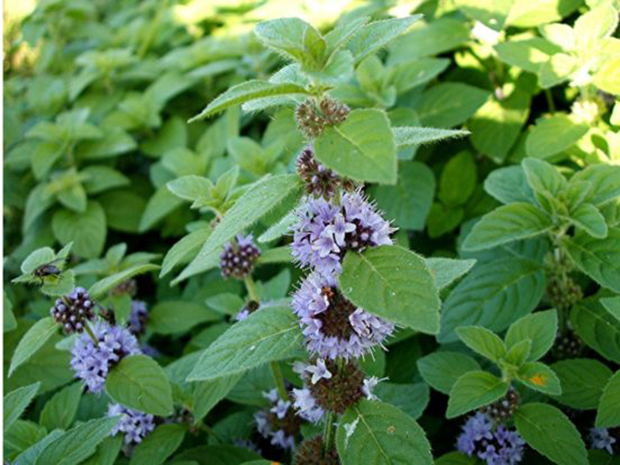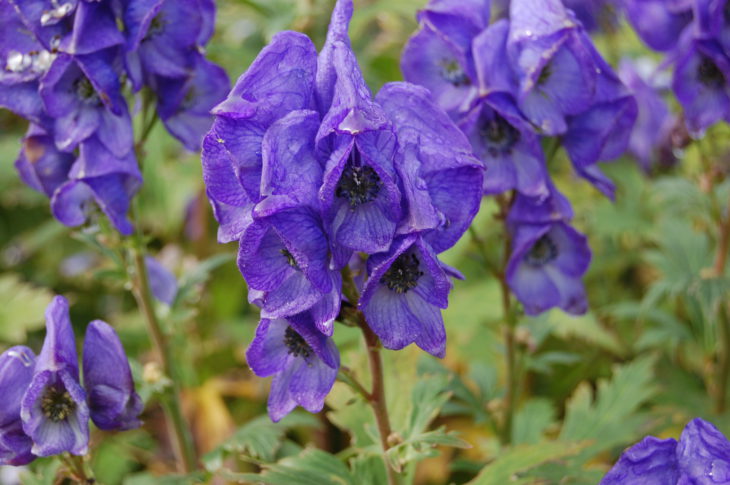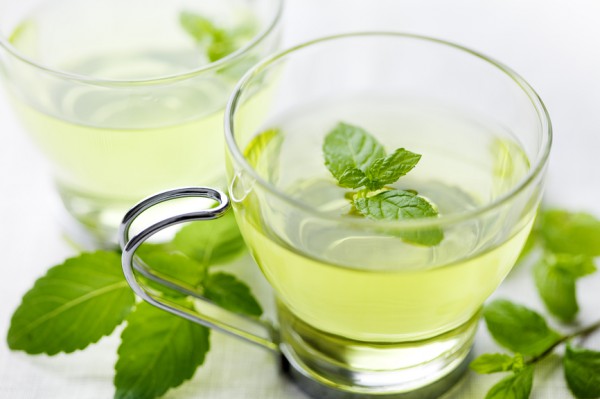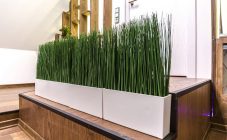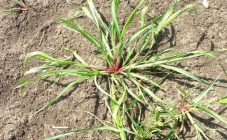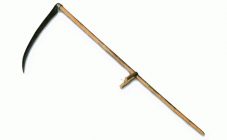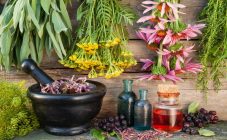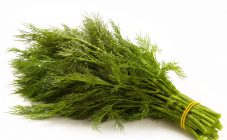Content:
Meadow grasses are a rich, dynamically developing community, surpassing the steppe or mountain ones. Here thousands of species are collected, actively competing with each other for water, lighting and food.
Meadow and meadow grasses concept
A meadow is a vast area of land occupied by perennial herbaceous plants, grasses, and sedges. Most often, the area of grass stand is used as pasture for livestock.
By location, meadows are divided into 2 types: continental and floodplain. Depending on the type of meadow, the types of grass also differ. According to the usefulness of the growing grass, the meadow can be suitable for forage, melliferous, and also of little use.
The formation of the meadow takes place in 3 stages:
- Annual and creeping field grasses germinate. They are distinguished by shallow rooting, they form the surface of the sod with their root system.
- Loose shrub species of meadow grasses appear on the first layer of humus. They are characterized by deeper rooting, feeding from the underlying soil layers.
- The stage of vegetation thickening and soil acidification. Some of the meadow plants die due to insufficient aeration. Their place is taken by the usual varieties of herbs.
In the flooded (floodplain) areas, there are about 50 varieties of meadow grasses. The upper tier is occupied by representatives of sedges; in the lower tier, meadow tea is most common. A significant part of the community of meadow grasses is occupied by dry lands (about 80 species): clover, forage, low and tall grasses, meadow bluegrass.
The composition of the meadow grass community:
- Forbs. Occupies up to 60% of herbage. These are various types of grasses, weeds, with the exception of sedges, cereals and legumes.
- Cereals. Monocotyledonous plants: oats, millet, wheat, corn.
- Legumes are represented by decorative and forage species. They are dicotyledonous plants, most of which are edible.
- Sedge. Perennial plants of floodplain meadows, banks of reservoirs.
Varieties of meadow grasses
White clover (creeping) is a perennial meadow grass of the legume family. The leaves are trifoliate, quatrefoils are occasionally found. The flowers are white, pink. Bloom begins in late May and continues throughout the summer. It grows in meadows, pastures, fields, pastures, along roadsides. Pink clover is superior to white in honey, but inferior to red.
Meadow grass with white flowers - yarrow. The herbaceous perennial of the Astrovye family grows in the form of a shrub, up to 100 cm high. The leaves are arranged alternately, carved or pinnately dissected. The common inflorescence is corymbose, consists of small baskets. The flowers are white. Widespread in Europe and Asia.
Siberian hogweed is a biennial or perennial herb of the Umbrella family, growing up to 190 cm. The leaves are ovoid. The inflorescence is represented by a complex umbel with yellowish and greenish flowers. The hogweed begins to bloom in June and continues to bloom for about 26 days. Distributed in Europe, Western Siberia, Ciscaucasia.
Dandelion officinalis is a yellow field herb, a perennial belonging to the Astrov family. Height - up to 50 cm. Leaves are lanceolate, toothed. The flower arrow ends with a single basket-shaped inflorescence, up to 5 cm in diameter. The color is golden yellow.
Melilotus (Latin name - Melilotus) means "honey" and "forage grass". It can also be called wild hop, vargun, stables, wild buckwheat. Belongs to the Legumes family. This fragrant meadow grass with yellow flowers grows throughout the field. The stem is high, reaches 2 m. The flowers are yellow or white, small, clustered in the form of brushes. Three-toed leaves are evenly distributed on the stems. Sweet clover can smell strongly of coumarin aroma. Good honey plant. It grows in Asia and Europe.
The grass with yellow flowers, the goose onion, reaches no more than 15 cm in height. Small bright yellow flowers have a honey scent. The leaves are elongated, growing from the roots. It grows in the Caucasus, Siberia, and the Far East.
Cornflower meadow - a perennial of the Astrov family. It grows from 30 cm to 1 m. The diameter of the flower basket is from 1 to 2 cm. The color is mauve. Flowering begins in the second half of June and ends in September. It has the properties of a honey plant. Grows in Eurasia.
A grass with purple flowers, Aconite Dzungarian, is a bush up to 2 m high. It has dark purple, large, five-petal inflorescences. The leaves are rounded.
Lilac grass stands out beautifully against the background of greenery, the name of which is Meadow Geranium. This is a perennial meadow herb that grows up to 80 cm. Large lilac buds have five petals. The leaves are divided into five parts at the bottom and three at the top.
Meadow carnation is a perennial flower up to 50 cm high. It is a dicotyledonous plant of the Clove family. Leaves are opposite, lanceolate. There is one flower on the top of each shoot. The petals are serrated, colored pink, more like purple.
Valerian officinalis is a perennial herb of the Valerianov family, the height of which reaches 1.5 m. The erect stem is covered with petiole leaves (in the first year), lanceolate, pinnate (in the second year). Inflorescences are corymbose. Flowers are small, pale. The color is pink, white or purple. Flowering begins in the second year, from June to August. The aroma of valerian is extremely popular with cats, it is not without reason that it is called "cat grass". Grows in Asia, Europe and America. Found everywhere in Russia.
Often purple grass is present in the meadow - Field larkspur. It is an annual plant belonging to the Buttercup family. Branched, erect stem grows up to 50 cm. Leaves are small, delicate. Small flowers resemble a hatchet. Color - purple, blue, sometimes pink. Distributed in the European part of Russia.
Wild onion is a bush perennial. Height - up to 50 cm. The leaves resemble onion feathers, but the arrows are narrower, stiffer. A pink bell-shaped flower is located on a long peduncle. Wild onions are used as a seasoning for first courses and salads.
Meadow mint is a perennial with a branched stem and serrated oblong leaves. The flowering period is from May to October. Flowers are lilac. Due to the large amount of essential oils in the composition, the plant has a mint aroma.
The benefits of meadow grasses
Wildflowers and herbs can be both beneficial and harmful. Some plants are rich in proteins and nutrients: sweet clover, alfalfa, red clover. There are also poisonous representatives: wild radish, dope, buttercup, poisonous milestones, larkspur and others.
Dandelion medicinal contains about 50 medicinal components. Bitter substances (taraxins) are used to treat the liver and gallbladder.The roots contain betasitosterol, an anti-sclerotic agent. In France, dandelion is grown for salads.
Dzhungarian aconite is used as a medicinal plant for arthritis, diabetes, anemia, psoriasis, infertility, cancer, ulcers, head lice, angina pectoris and many other ailments.
Melilot is used to treat coughs, seizures and as a wound healing agent.
Siberian hogweed has the property of treating sexual disorders, diseases of the digestive system, convulsions, inflammation of the joints, arthritis.
Yarrow is a broad-spectrum medicinal plant. But care should be taken when taking it orally, as overdose leads to skin rash and dizziness.
Rhizomes and roots of Valerian meadowa is used to reduce the excitability of the central nervous system.
Peppermint is able to treat almost all colds and lung diseases. It is used for problems with the organs of the digestive system. The estrogen contained in peppermint has a rejuvenating effect on women.
Landscape design
Now it has become fashionable to engage in the cultivation of meadow flowers in the country and in the personal plot. Meadow grasses can bloom luxuriantly until November. Greenery looks beautiful in combination with bells, daisies, cornflowers, poppies, clover and other flowers. A colorful composition can be created from verbena, meadowsweet, phlox. A flower carpet not only decorates the area in front of the house, but can also be beneficial due to the healing properties of plants.
Ornamental grasses (cereals, sedges) will be able to decorate any garden, thanks to the beautiful narrow leaves, graceful stems and inflorescences. They not only form the basis of lawns, but also create a feeling of airiness among other plants in the flower garden. Ornamental grains can be grown with seeds sown in the ground. Most often on the plots there are reed moth, Chinese miscanthus, pampas grass, viviparous oats, blue fescue, reed grass, feather grass.
